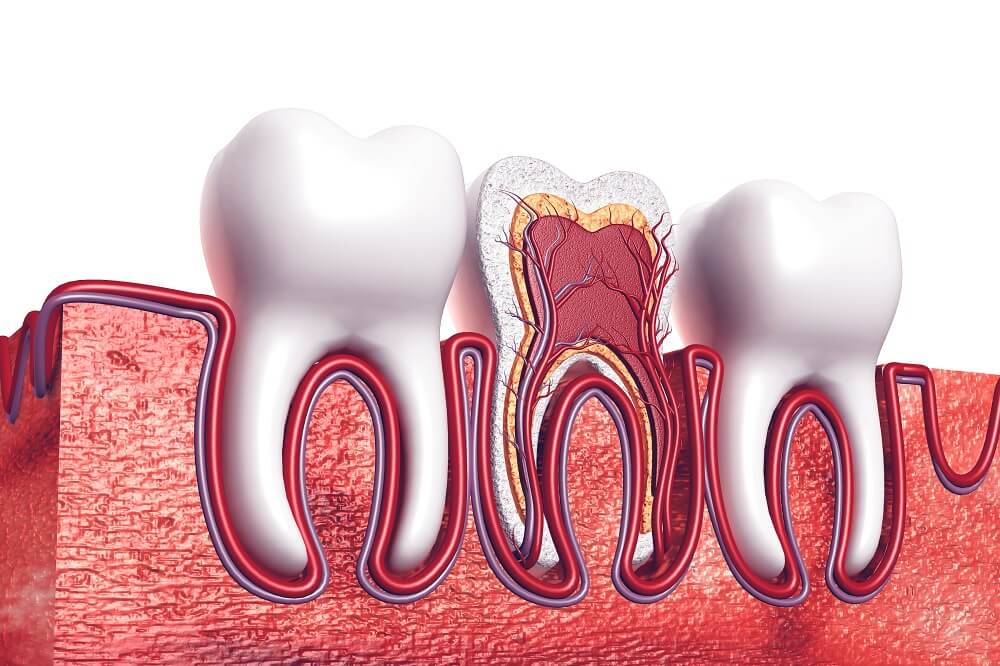Cerebral palsy is a term for a group of disorders that affect a person’s ability to move and maintain balance and posture. It is one of the most common movement disorders in children. This condition is caused by atypical brain development or damage to the developing brain, which impacts a person’s muscle control. The effects of cerebral palsy vary from person to person, ranging from mild to severe.
What Is Cerebral Palsy?
Cerebral palsy refers to a group of neurological disorders that appear in infancy or early childhood. It permanently affects body movement and muscle coordination. The term “cerebral” refers to the brain, while “palsy” refers to the loss or impairment of motor function. This condition stems from issues with the part of the brain that controls muscle movements.
Although cerebral palsy is a lifelong condition, it does not worsen over time. The symptoms can change throughout a person’s life, but the underlying brain issue remains the same. People with cerebral palsy experience challenges with movement and posture, making it a primary example of childhood movement disorders. The specific symptoms and their severity depend on which parts of the brain are affected.
How Many Types Exist?
There are four main types of cerebral palsy, categorized by the specific movement disorders they cause. The classification helps medical professionals describe the different ways the condition can affect an individual’s body. Each type corresponds to the location of the brain injury.
- Spastic Cerebral Palsy: This is the most common type. It causes stiff muscles and awkward movements. The stiffness, known as spasticity, results from incorrect messages from the brain’s motor cortex.
- Dyskinetic Cerebral Palsy: This type involves problems controlling the movement of hands, arms, feet, and legs. People may experience rapid, jerk,y or slow, writhing movements. It stems from damage to the brain’s basal ganglia.
- Ataxic Cerebral Palsy: This is the least common type. It affects balance and coordination. Individuals may have trouble with quick movements or tasks that require fine motor control, like writing. It is caused by damage to the cerebellum.
- Mixed Types: Some individuals have symptoms of more than one type of cerebral palsy. The most common combination is spastic-dyskinetic cerebral palsy.
Understanding the specific type of cerebral palsy is a key step in developing a management plan. The particular movement disorders present guide the therapeutic approach for each person.
What Treatments Are Available?
While there is no cure for cerebral palsy, various treatments can help manage symptoms and improve capabilities. A team of healthcare professionals often works together to create a personalized plan. The goal of treatment is to support independence and enhance quality of life.
- Physical Therapy: This therapy focuses on improving motor skills, strength, and flexibility. It can help with walking, sitting, and balance.
- Occupational Therapy: This therapy helps individuals perform daily activities. Therapists may suggest adaptive equipment to make tasks easier.
- Speech and Language Therapy: This therapy assists with communication and swallowing difficulties. It addresses issues with the muscles in the face and throat.
- Medications: Certain medications can help manage symptoms like muscle stiffness, uncontrolled movements, or seizures.
- Surgical Procedures: In some cases, orthopedic surgery may be recommended to correct muscle and bone abnormalities, which can improve posture and movement.
These interventions are designed to address the specific needs associated with different movement disorders. Early and consistent treatment can lead to better outcomes for individuals with cerebral palsy.
Consult a Movement Disorders Specialist
Navigating the complexities of cerebral palsy requires guidance from healthcare professionals. A specialist can provide an accurate diagnosis and develop a comprehensive management plan tailored to an individual’s needs. They can explain the specific type of cerebral palsy and discuss the range of available therapies and support services. If you have concerns about your child’s development or movement disorders, seeking a professional evaluation is recommended. A specialist can offer clarity and direct you toward the appropriate resources.



